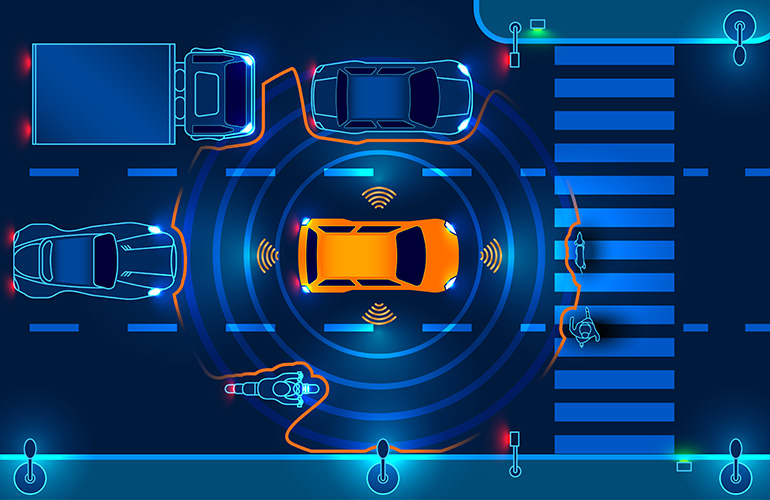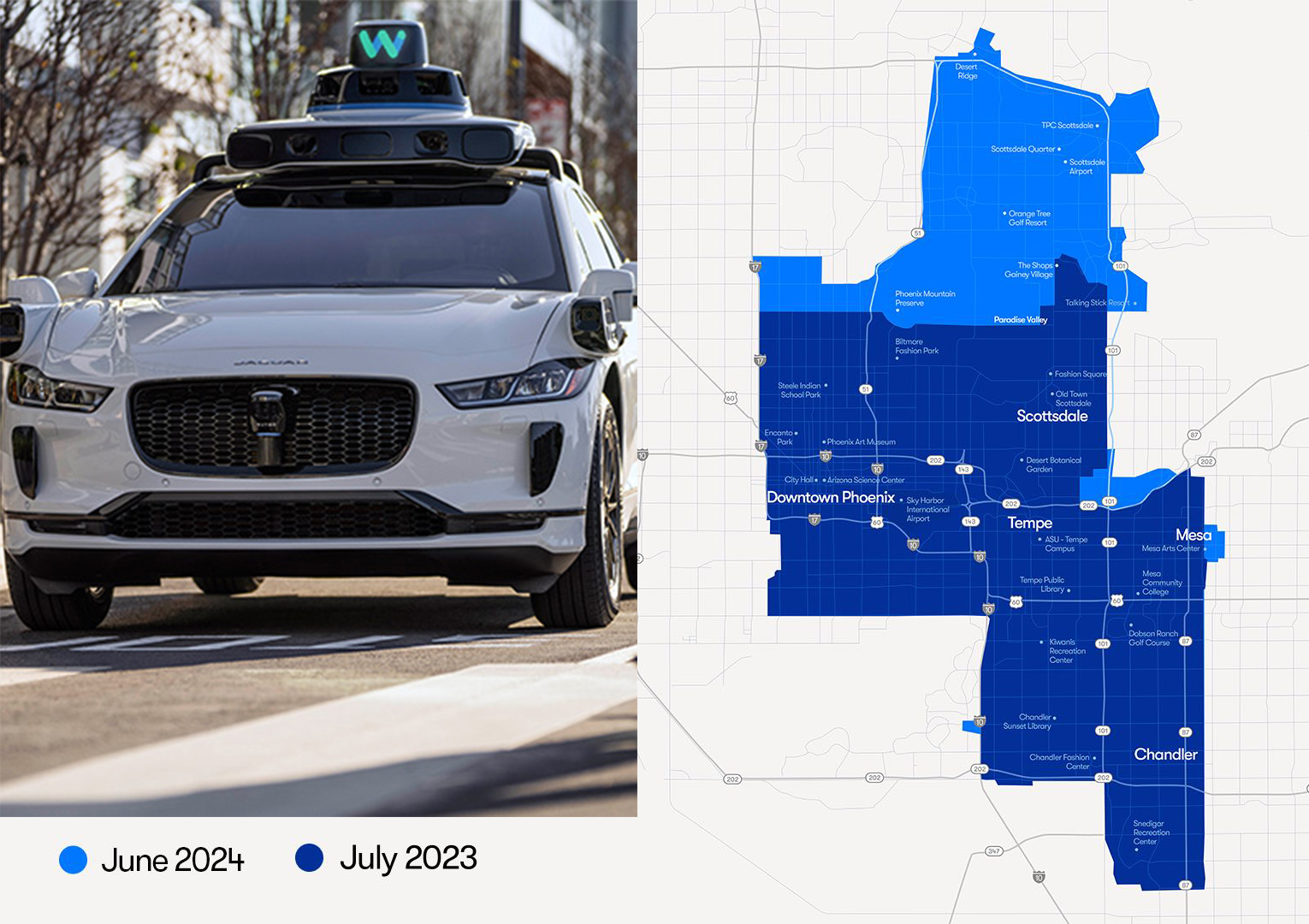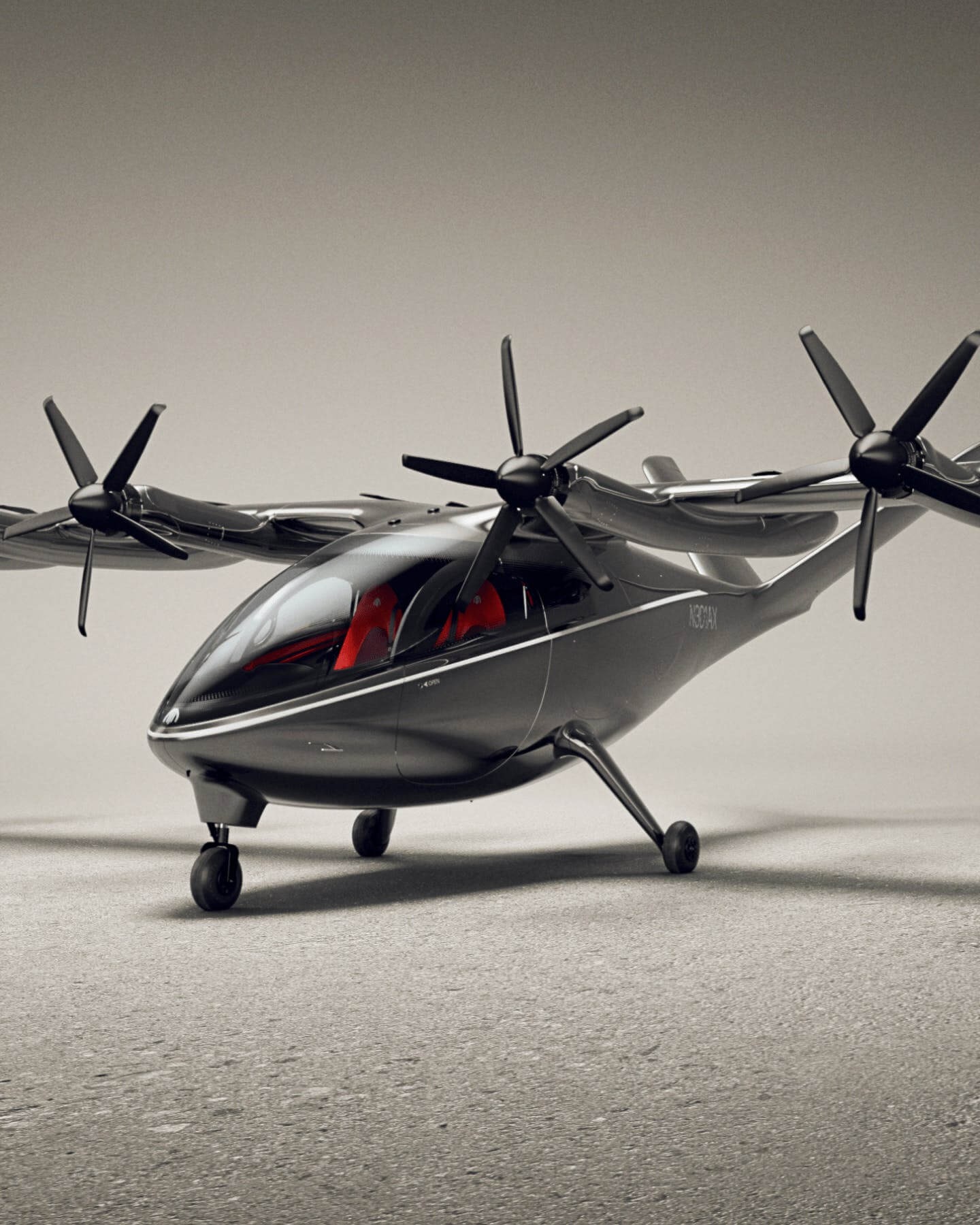In a significant development for industrial automation, Oxipital AI has unveiled its latest innovation, the VX2 Vision System, designed to revolutionize how robot workers perceive and interact with objects in manufacturing environments. This new system, launched at PACK EXPO, represents a major advancement in artificial intelligence-driven vision technology for industrial applications.
The VX2 system emerges as a crucial tool for enhancing robot worker capabilities across food processing, agriculture, and consumer goods production. Building upon Oxipital's proprietary Visual AI platform, this second-generation system offers improved performance in a more compact form factor, making it increasingly accessible for manufacturers looking to upgrade their automation solutions.
"Manufacturing resilience depends on robots that can see and understand their environment with human-like precision," explains Austin Harvey, Vice President of Product at Oxipital. "The VX2 represents our response to real-world manufacturing challenges, delivering enhanced visual processing capabilities in a more versatile package."
This latest iteration of vision technology stands out for its ability to handle multiple critical tasks simultaneously. The system excels in both high-speed picking operations and detailed inspection processes, making it particularly valuable for industries where precision and food safety are paramount. Robot workers equipped with the VX2 can now perform quality control inspections while maintaining the rapid pace required in modern production environments.
The technical advancement is particularly noteworthy given Oxipital's evolution from its origins as Soft Robotics. The Bedford, Massachusetts-based company has successfully pivoted from developing compliant grippers to focusing on sophisticated vision AI systems, positioning itself at the forefront of Industry 5.0 innovation.
Among the VX2's most significant improvements is its enhanced processing capability, which comes in a more space-efficient design. This optimization allows for easier integration into existing production lines, where space constraints often pose significant challenges. The system's versatility extends to its ability to function effectively in both food-grade and industrial environments, making it a valuable tool for diverse manufacturing applications.
The economic implications of the VX2 are particularly significant. Despite its advanced capabilities, Oxipital has managed to position the system at a more competitive price point than its predecessor. This pricing strategy makes sophisticated vision technology more accessible to a broader range of manufacturers, potentially accelerating the adoption of advanced automation solutions across various industries.
Industry experts note that the timing of the VX2's release coincides with growing demand for more resilient and efficient manufacturing processes. As factories worldwide grapple with labor shortages and increasing quality control requirements, systems like the VX2 offer a solution that combines the precision of artificial intelligence with the flexibility needed in modern manufacturing environments.
The system's development has been significantly influenced by extensive field learning and customer feedback, resulting in improvements that directly address real-world manufacturing challenges. This user-centric approach has led to the creation of a more robust and practical solution for industrial automation needs.
Looking ahead, Oxipital's partnerships with industry leaders like Schmalz and Velec suggest broader applications for the VX2 system. The technology's recognition as a PACK EXPO Food and Beverage Technology Excellence Award finalist further validates its potential impact on the industry.
As manufacturing continues its evolution toward more automated and intelligent processes, the VX2 Vision System represents a significant step forward in enabling robot workers to perform increasingly complex tasks with greater accuracy and efficiency. Its combination of enhanced visual processing capabilities, compact design, and competitive pricing positions it as a key technology in the ongoing transformation of industrial automation.
Through this advancement, Oxipital AI demonstrates how targeted technological innovation can address specific industry challenges while contributing to the broader goal of creating more resilient and sustainable manufacturing operations for the future.


















